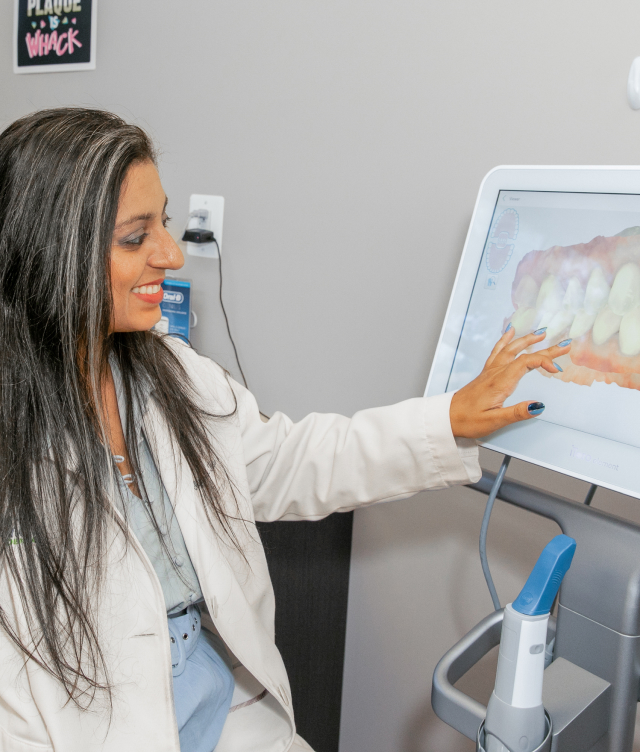Wisdom teeth don’t come in with the rest of your permanent teeth. They typically make their appearance when people are in their late teens or early twenties. In some cases, they erupt through the gums and are visible. In other cases, they fail to erupt because there isn’t enough room in the mouth. These are referred to as impacted wisdom teeth.
Impacted wisdom teeth can be very uncomfortable. Your gums might become tender and swell, and you might even end up in severe pain.
Wisdom teeth that do erupt can also be problematic. They are hard to reach, making it difficult to clean them. Because of that, they often decay and can even cause gum disease.
With all of these problems, it is normal for people to remove their wisdom teeth. It’s recommended that people do this when they are in their late teens or early twenties. In most cases, the roots haven’t had a chance to fully form yet. Also, the bone surrounding the teeth is less dense.
The extraction process starts with your dentist numbing the area. Once you are numbed up, the dentist will remove some of the bone that covers the tooth. Then, he or she will begin taking the tooth out in sections.
After your wisdom teeth are removed, your dentist will send you home to recover. You will have special instructions to follow based on the difficulty of the extraction.

















